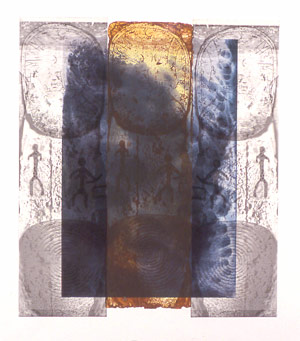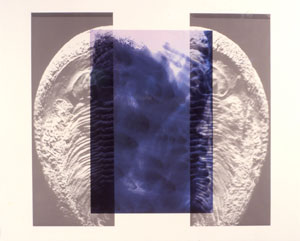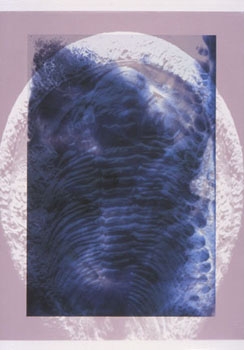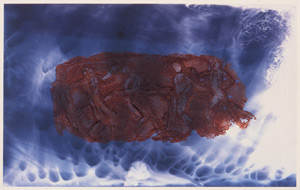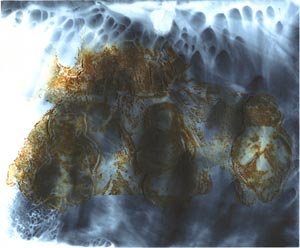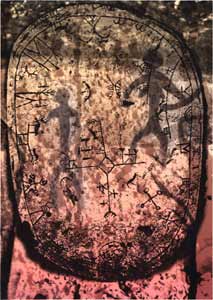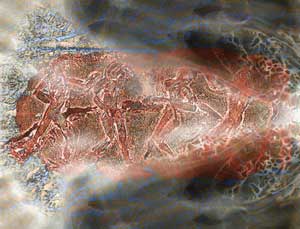digital art show
Georgia Straight has a review about an exhibition in Vancouver called Digitalis 3 Urban Poetry: An Exhibition of Digital Print, that has piqued my interest because of the opening argument.
Dave Watson writes: If digitally made art follows the pattern set by other technologically assisted art forms (such as photography, audio collage, and printmaking), it will be decades before artworks created using computers are accorded significant respect. There seems to be suspicion about new techniques, especially if they appear to be easier than the old methods, like the artist had found a way to cheat on creativity and bypass all the hard work by virtue of a machine’s help.
But local artist James K-M (who is also the assistant coordinator at Langara College’s electronic-media-design program) doesn’t agree with that opinion, which is why he curates Digitalis, an annual show devoted to the potential of this emerging artistic form.
Digitalis 3 Urban Poetry is open from 1 to 5 p.m. Wednesday to Saturday until April 3 at the Interurban (9 East Hastings Street).
This sounds like a presentation that printmakers who are also working digitally, like myself, may find very informative to visit. Calling printmaking a “technologically assisted art form” is not entirely true when many prints such as woodcuts can be entirely hand-made.
.jpg)
